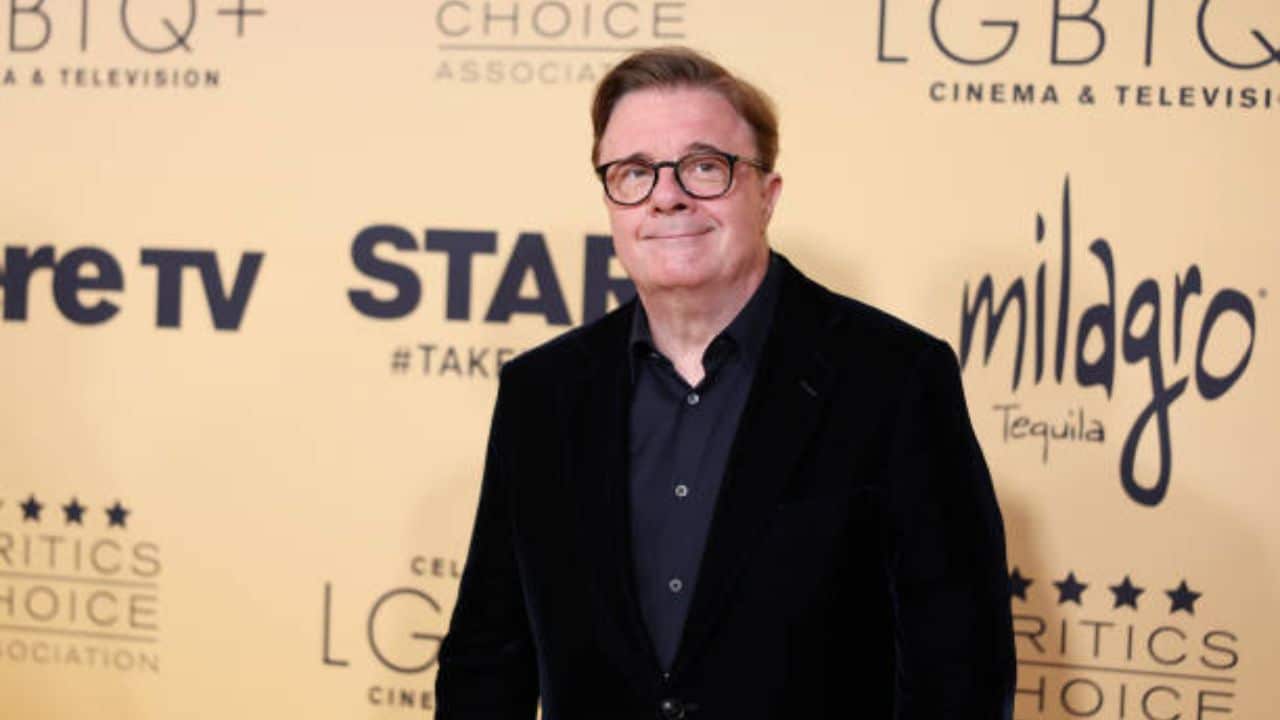Nathan Lane, the celebrated stage and screen actor known for his iconic roles in The Birdcage and The Producers, recently shared a troubling experience of being turned down for a film role because a director considered him “too gay” for the part. In an interview, Lane discussed the persistent challenges faced by openly LGBTQ+ actors in Hollywood, where typecasting and stereotypes continue to limit opportunities. His revelation has sparked renewed discussions about industry biases, the evolution of queer representation in media, and whether Hollywood has truly progressed in its acceptance of LGBTQ+ performers.
The Incident: Being Rejected for Being “Too Gay”
Lane did not name the director or the specific film, but he described the rejection as a clear case of discrimination based on his sexuality. Despite his extensive resume—which includes both comedic and dramatic roles—the director allegedly believed that audiences would not accept Lane in the part because of his public identity as a gay man. This reasoning reflects an outdated but persistent Hollywood mindset that assumes straight actors can play any role, while LGBTQ+ actors are only believable as LGBTQ+ characters.
Lane, who came out publicly in 1999, has long been candid about the industry’s double standards. He pointed out that while straight actors frequently receive praise for playing gay roles (a phenomenon known as “straightwashing”), openly gay actors rarely get the same opportunities to play straight characters. His experience underscores how deeply ingrained homophobia remains in casting decisions, even as Hollywood claims to champion diversity.
Hollywood’s History of LGBTQ+ Typecasting
Lane’s story is far from unique. For decades, LGBTQ+ actors faced—and many still face—pressure to stay closeted or risk losing roles. In the past, studio executives believed that audiences would reject queer actors in romantic or leading roles, particularly in heterosexual storylines. This led many performers to hide their sexuality, fearing career repercussions.
Even as representation has improved, with more LGBTQ+ characters appearing on screen, the opportunities for openly queer actors have not always followed. Straight actors continue to dominate LGBTQ+ roles, often receiving critical acclaim (e.g., Sean Penn in Milk, Rami Malek in Bohemian Rhapsody), while out actors are frequently pigeonholed into stereotypical or supporting parts. Lane himself has played many gay characters, from Albert in The Birdcage to Pepper Saltzman in Modern Family, but he has also demonstrated his range in roles that have nothing to do with his sexuality. Yet, as his recent revelation shows, some filmmakers still see his identity as a limitation rather than an irrelevance.
Progress and Backlash in LGBTQ+ Representation
In recent years, there have been signs of change. Shows like Pose, Schitt’s Creek, and Heartstopper have featured LGBTQ+ actors in prominent roles, and films like Moonlight and Call Me By Your Name have brought queer stories to mainstream audiences. However, Lane’s experience suggests that behind-the-scenes biases persist. Many LGBTQ+ actors still report being steered toward certain types of roles or being told they are “too gay” for leading parts.
Some argue that Hollywood’s embrace of queer representation is selective—prioritizing stories that cater to straight audiences or fit into palatable, often tragic, narratives. Lane’s rejection highlights a lingering discomfort with gay actors in roles where their sexuality isn’t the focus. It raises the question: Is Hollywood truly inclusive, or is it simply performing progress while maintaining old prejudices?
The Broader Implications for LGBTQ+ Artists
Lane’s story is part of a larger conversation about authenticity and opportunity in entertainment. Should LGBTQ+ roles go to LGBTQ+ actors? Should an actor’s real-life identity dictate the roles they can play? While some argue that acting is about transformation and that anyone should be able to play any role, others contend that marginalized performers deserve priority when telling their own stories.
What’s clear is that LGBTQ+ actors should not be excluded from roles simply because of who they are. Denying someone a part because they’re “too gay” is no different than rejecting a Black actor for being “too Black” or a woman for being “too feminine.” Talent should be the deciding factor, not identity.
Moving Forward: Calls for Change
Lane’s revelation has reignited calls for Hollywood to address its unconscious biases. Casting directors, producers, and filmmakers must confront the ways in which they perpetuate discrimination, whether intentionally or not. Initiatives like the LGBTQ+ casting database Out in Hollywood aim to connect queer actors with inclusive projects, but systemic change requires a shift in industry attitudes.
Audiences also play a role. As viewers demand more authentic representation, studios may feel pressured to cast more diversely. The success of projects like Everything Everywhere All At Once (starring the openly gay Stephanie Hsu) and The White Lotus (featuring queer actors in complex roles) proves that inclusivity doesn’t hinder commercial success—it enhances it.
Conclusion: Nathan Lane’s Legacy and the Fight for Equity
Nathan Lane’s career is a testament to his immense talent, but his recent disclosure reminds us that even icons face discrimination. His honesty about being deemed “too gay” for a role sheds light on the barriers that still exist for LGBTQ+ performers. While Hollywood has made strides in representation, true equality won’t be achieved until actors are judged solely on their ability—not their identity.
Lane’s story should serve as a wake-up call. The industry must move beyond tokenism and ensure that LGBTQ+ artists have the same opportunities as their straight peers. Until then, the fight for equity in entertainment continues—one role, one story, and one brave revelation at a time.
